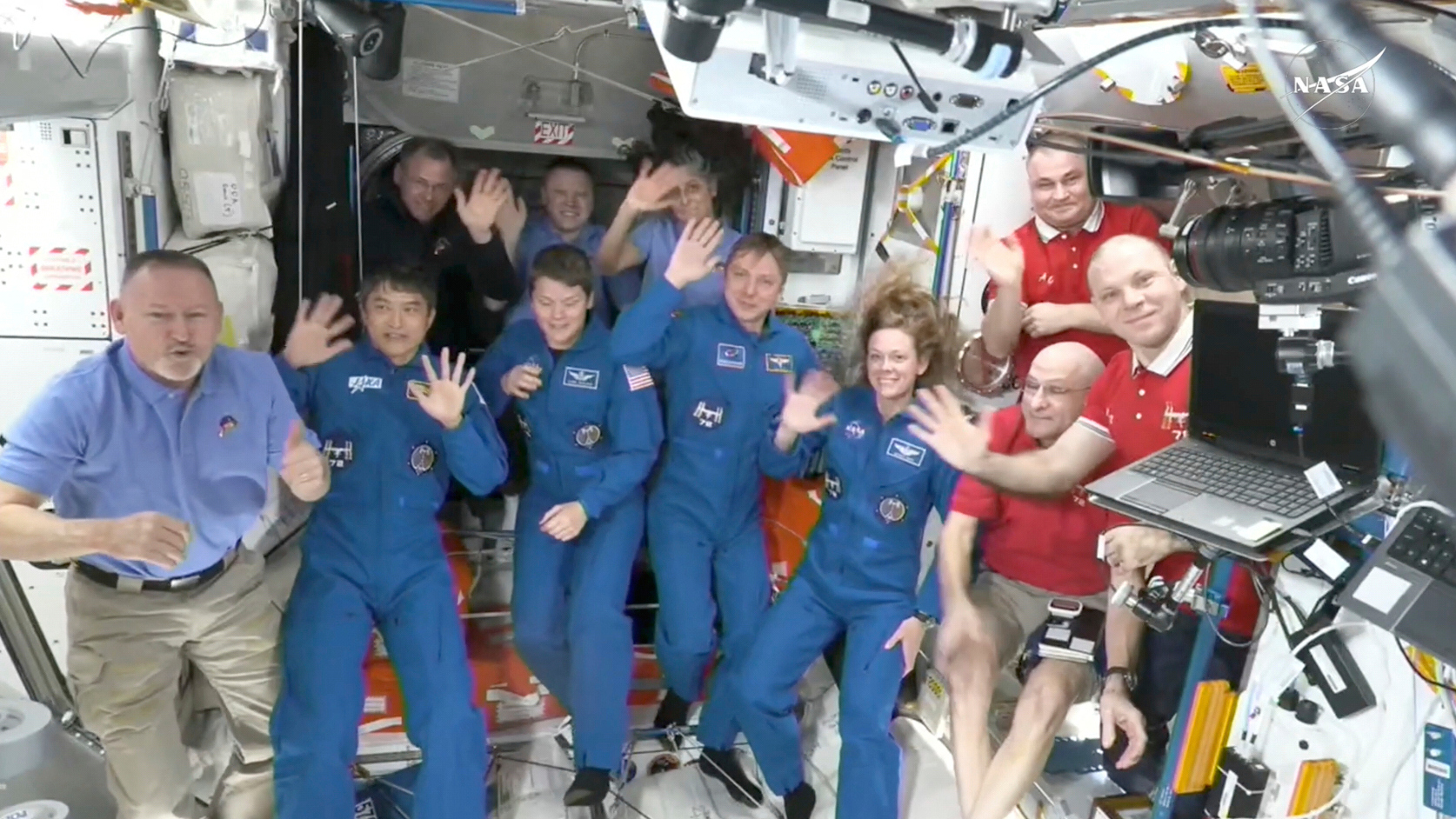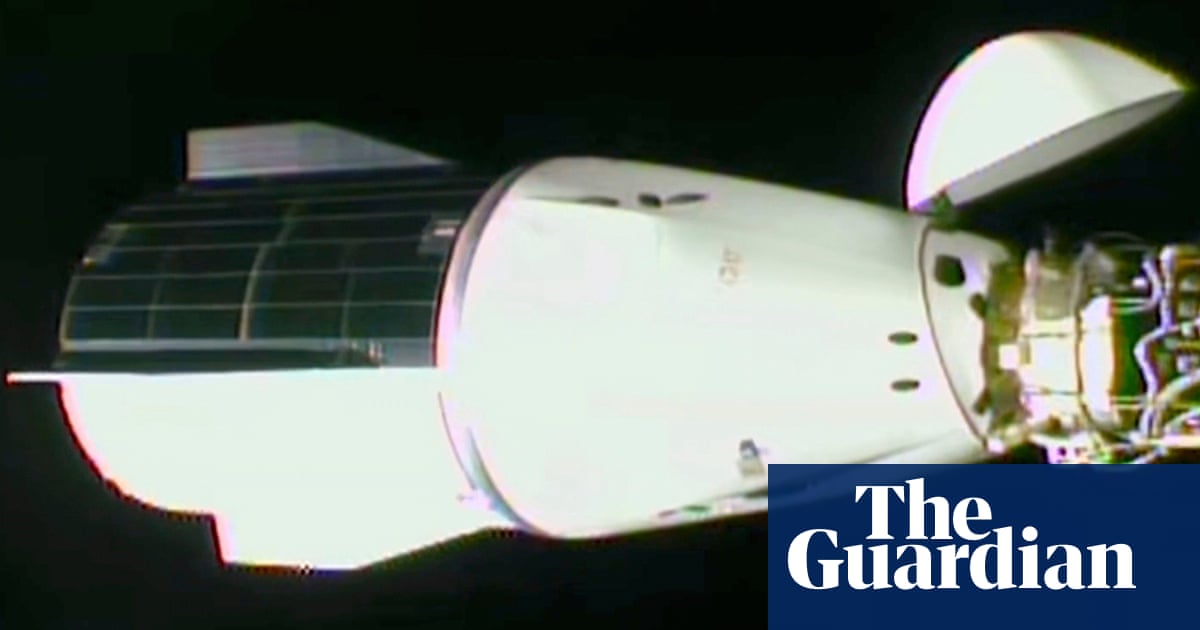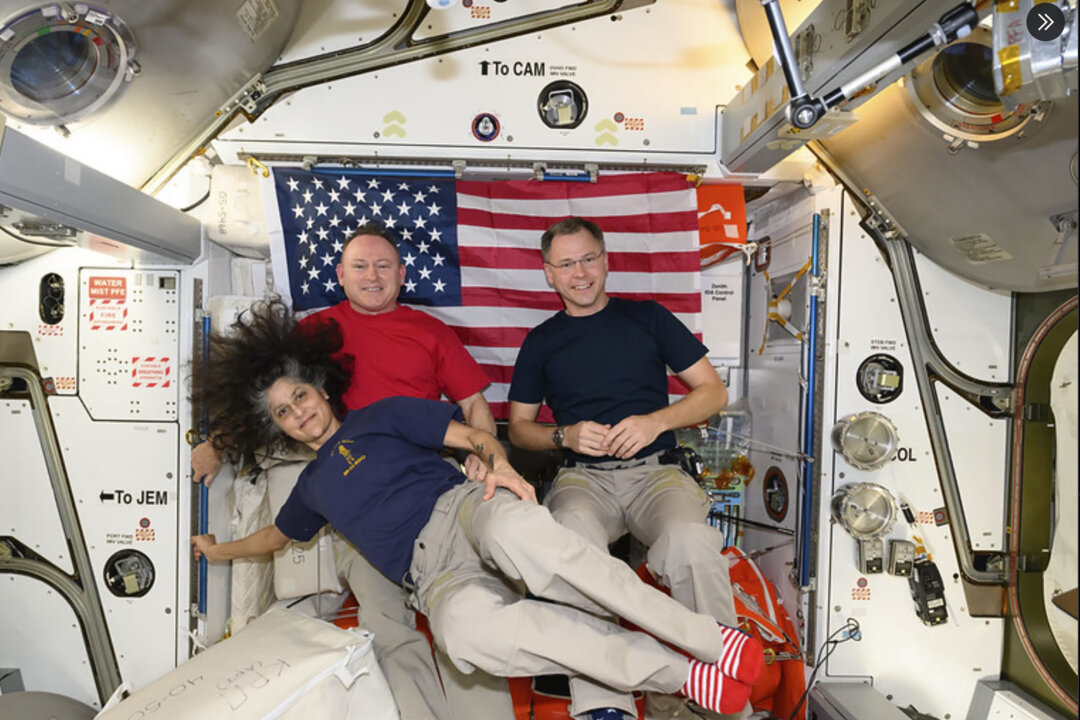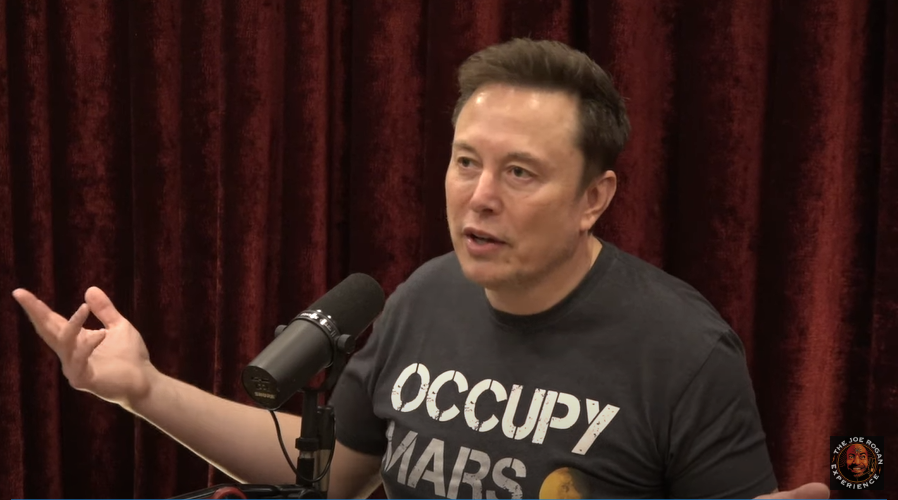SpaceX Crew-10 Mission Delivers Replacements for Stuck NASA Astronauts
NASA's Wilmore and Williams prepare to return home after nine months aboard the ISS as Crew-10 astronauts arrive for duty and orientation.
Overview
On March 14, 2025, SpaceX successfully launched its Crew-10 mission, delivering four astronauts to the ISS to replace NASA's Butch Wilmore and Suni Williams, who have been stranded for nine months due to delays with Boeing’s Starliner capsule. The Crew-10 astronauts, arriving 29 hours post-launch, will undergo an orientation period before Wilmore and Williams return home in their SpaceX capsule, scheduled for Wednesday. This mission marks a critical transition for the ISS crew, and Elon Musk has also announced plans for Starship missions to Mars by late 2026, with manned landings expected by 2029.
Content generated by AI—learn more or report issue.

Get both sides in 5 minutes with our daily newsletter.
Analysis
- SpaceX continues to develop its Starship rocket with aspirations for Mars missions and ongoing collaboration with NASA for lunar exploration.
- The Crew-10 mission successfully launched astronauts to the ISS, with the Crew Dragon spacecraft completing its objectives despite prior setbacks.
- NASA and SpaceX are committed to safety and scientific research in space, focusing on deep space exploration and international cooperation.
Articles (18)
Center (8)
FAQ
The initial delay was due to a hydraulic system issue with a ground support clamp arm for the Falcon 9 rocket. Additionally, high winds and rain were forecasted for the flight path, which further delayed the launch until March 14, 2025.
Wilmore and Williams were originally scheduled for a short mission aboard Boeing's Starliner, but due to technical issues with the capsule, they were unable to return as planned. NASA decided to extend their stay until a SpaceX capsule could safely bring them back.
Wilmore and Williams are scheduled to return to Earth no earlier than Wednesday, March 19, aboard a SpaceX capsule that is currently docked at the ISS.
History
- 4M

 4 articles
4 articles
- 4M

 3 articles
3 articles












